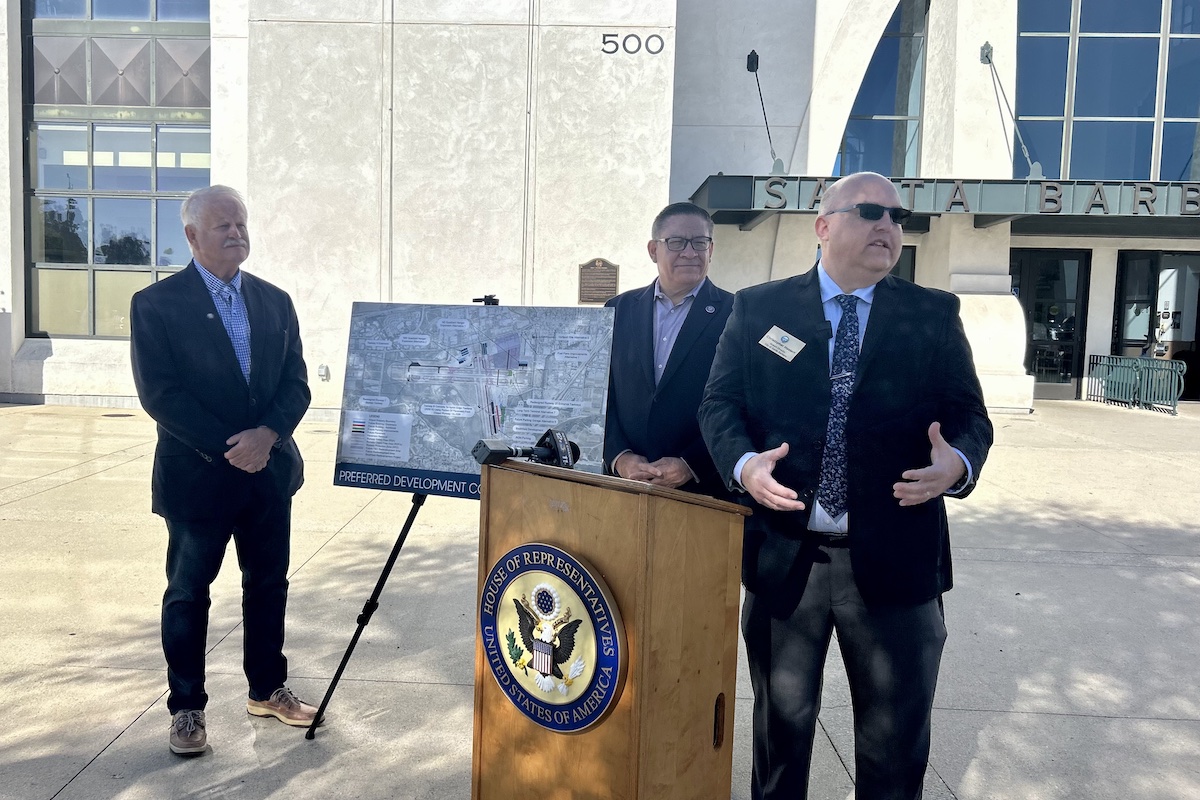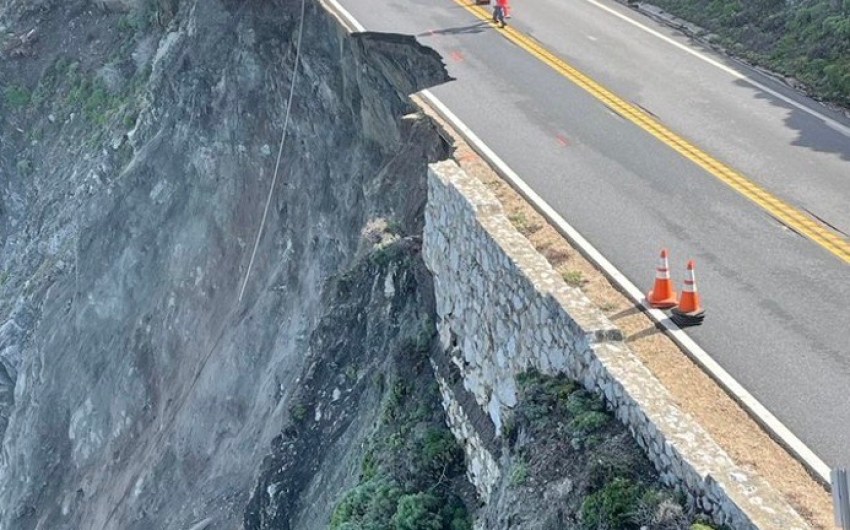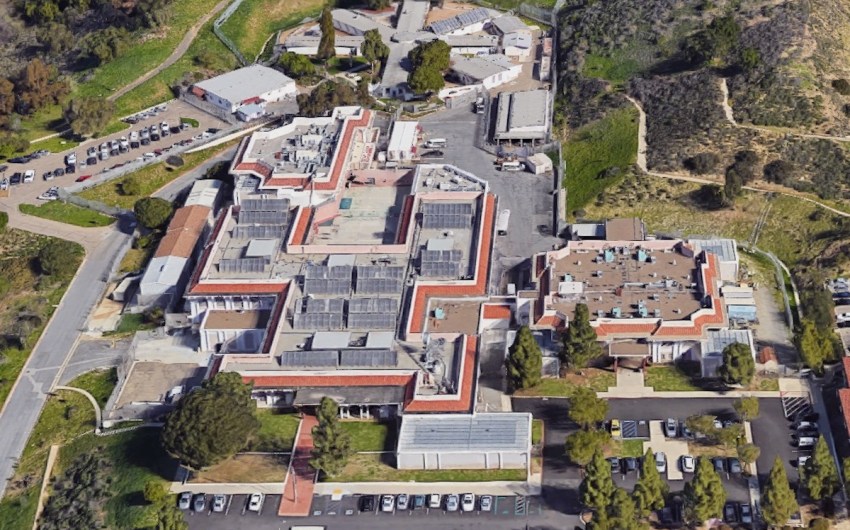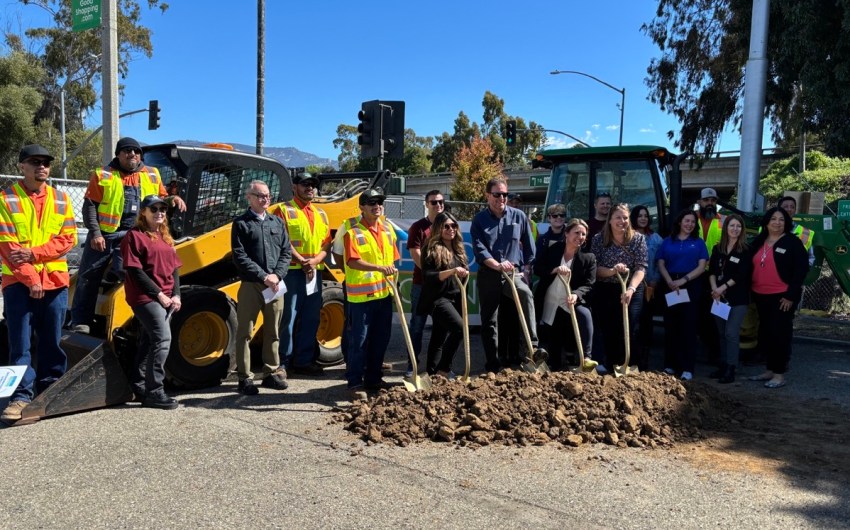Santa Barbara Airport Receives $3.9 Million in Federal Funding
Rep. Carbajal Brings Improvement Funds Through the Bipartisan Infrastructure Law

Travelers may see an end to the airport floods that have plagued the Santa Barbara Municipal Airport (SBA), and neighbors some lowering of noise, as the effects of the Bipartisan Infrastructure Law come to the Central Coast.
Congressmember Salud Carbajal visited the airport on Wednesday to speak about the $3.94 million that the city-run airport will receive to fund improvements, part of $30 million to five Central Coast airports funded by the country’s largest structural investment in history: the Bipartisan Infrastructure Law passed in November 2021. Joined by S.B. Mayor Randy Rowse and airport personnel, Carbajal emphasized the impact on safety and efficiency this funding will provide.
Carbajal, a frequent flier to and from Washington, D.C., said that he’d flown out of the Los Angeles airport in the past out of a concern for flooding at Santa Barbara. While a permanent solution to manage the site’s many waterways is being developed, an interim solution of K-rails could be quickly deployed. Similar to County Flood Control’s successful barrier along Atascadero Creek during this year’s storms, a system of K-rails with joints sealed by sandbags are ready to be placed if rains threaten to send Carneros Creek onto SBA runways.
The airport lies amid the Goleta Slough, which is fed by several creeks and watersheds. In the past, rainfall and floods would occur during 10-year storms, but recently, storms in January 2023 and two in February 2024 closed the airport due to flooding. Hastert, however, said they expected flooding perhaps every seven to 10 years.
More permanent development improvements are underway, the airport director said. The comprehensive new concept includes taxiway extensions, hangar expansions, new parking areas, fuel farm improvements, and runway redesigns.
“We are doing something in every location on the airport,” Hastert said. “We’re trying to meet every need of every airport user, whether it be the customers, the corporate aircraft coming in, small general aviation pilots, and the airlines themselves.”
Two perennial and developing issues were top of mind, Hastert indicated: noise and construction disruption.
“We have an airport noise working group that is being formed right now. Our noise footprint is actually shrinking a little bit, and that’s due to the fact that we have less aircraft coming in, but they are larger aircraft carrying more passengers,” Hastert said. He added that aircraft will continue to avoid flying over homes when possible.
The construction plans have taken normal airport operations into account, Hastert said, and will occur in a way that has no effect on those traveling out of SBA.
The improvements will result in an increase of outbound passengers, from the current 650,000 served each year to an estimated 800,000 by the year 2041. The total number of passengers coming and going at SBA will increase from the current 1.3 million to an estimated 1.6 million, also by 2041.
Mayor Rowse applauded the new development efforts, highlighting the necessary roles SBA plays in times of disaster, and noting that it is not just business and tourism that will benefit from a more efficient airport.
“Santa Barbara, as you know from our recent disaster profiles, becomes an island very quickly. Having an airport where you are able to get in and out for business, for relief, for a lot of things that we need to do for public safety, is huge,” Rowse said. “Highways become interrupted by wildfire and floods, which we unfortunately experience more than we’d like to in the last few years.”
Premier Events
Thu, May 02
5:00 PM
Santa Barbara
Things with Wings at Art & Soul
Sat, May 04
10:00 AM
Lompoc
RocketTown Comic Con 2024
Wed, May 01
7:30 PM
Santa Barbara
American Theatre Guild Presents “Come From Away”
Thu, May 02
5:00 PM
Santa Barbara
100th Birthday Tribute for James Galanos
Thu, May 02
5:00 PM
Santa Barbara
Meet the Creator of The Caregiver Oracle Deck
Fri, May 03
4:00 PM
Santa Barbara
Santa Barbara Fair+Expo “Double Thrill Double Fun”
Fri, May 03
8:00 PM
Santa barbara
Performance by Marca MP
Sat, May 04
10:00 AM
Solvang
Touch A Truck
Sat, May 04
11:00 AM
Santa Barbara
Mental Wellness Center’s 28th Annual Arts Faire
Sat, May 04
11:00 AM
Santa Barbara
Community History Day
Sat, May 04
3:00 PM
Solvang
The SYV Chorale Presents Disney Magic Concert
Sat, May 04
7:00 PM
Santa Barbara
A Star Wars Cantina Celebration: Renegades, Rebels, and Rogues
Thu, May 02 5:00 PM
Santa Barbara
Things with Wings at Art & Soul
Sat, May 04 10:00 AM
Lompoc
RocketTown Comic Con 2024
Wed, May 01 7:30 PM
Santa Barbara
American Theatre Guild Presents “Come From Away”
Thu, May 02 5:00 PM
Santa Barbara
100th Birthday Tribute for James Galanos
Thu, May 02 5:00 PM
Santa Barbara
Meet the Creator of The Caregiver Oracle Deck
Fri, May 03 4:00 PM
Santa Barbara
Santa Barbara Fair+Expo “Double Thrill Double Fun”
Fri, May 03 8:00 PM
Santa barbara
Performance by Marca MP
Sat, May 04 10:00 AM
Solvang
Touch A Truck
Sat, May 04 11:00 AM
Santa Barbara
Mental Wellness Center’s 28th Annual Arts Faire
Sat, May 04 11:00 AM
Santa Barbara
Community History Day
Sat, May 04 3:00 PM
Solvang
The SYV Chorale Presents Disney Magic Concert
Sat, May 04 7:00 PM
Santa Barbara
























